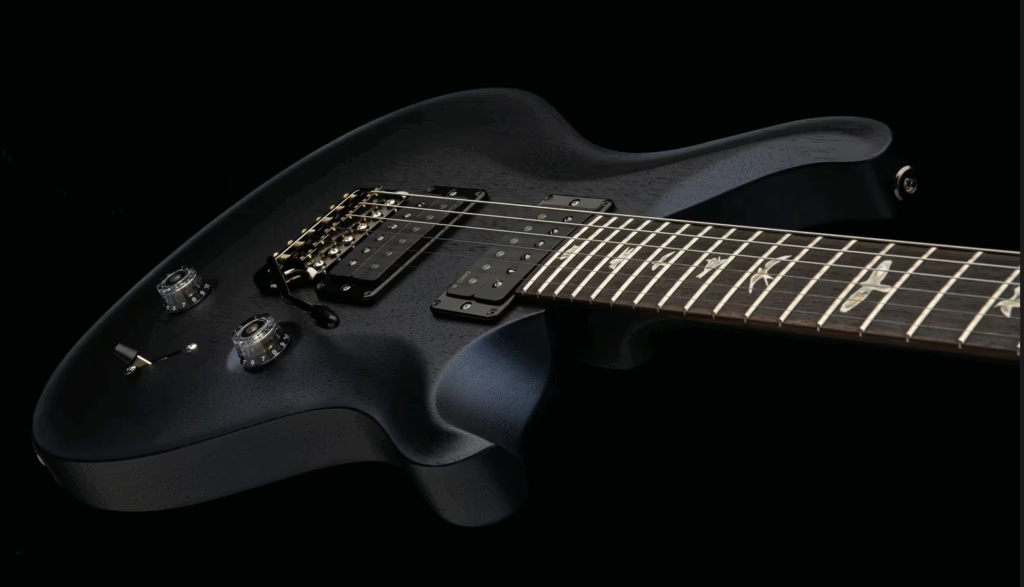Advertisement
Photo provided by: Mad Professor Pedals
____________________________________________________________________________________
Acclimated - "Acclimated" means having adapted or become accustomed to a new environment, situation, or set of conditions. It's often used when talking about:
It’s like “adjusted” or “adapted,” but often emphasizes physical or environmental change. The acclimated is accurate when you know what you are looking for. Especially when it comes to guitar gear. Often, I will wonder why it takes some technicians longer to review gear than others. Acclimation is something that can be quick or require a period. When you know what sounds to look for in the case of an “overdrive” pedal, then acclimation is quick. Do not confuse it with enjoyment. You can become acclimated and enjoy gear, and it take you longer to provide feedback.
This is what happened with my experience using the Mad Professor Supreme Overdrive pedal. I have tested the best overdrive pedals in the market. I know exactly what I want to hear from the Supreme Overdrive pedal. I also know what I don’t want to hear. So, getting acclimated to this pedal didn’t take long. In fact, it led to some addition time just enjoying the creative powers at work. Yes, it is an impressive pedal.
The Supreme pedal combines two distinct overdrive circuits in a single enclosure, offering versatility and tonal richness for guitarists seeking dynamic and expressive drive tones. I was looking for a pedal that I could express what comes natural through my playing style and ability. There were no inferior elements of this pedal that I had to overcompensate for. I got exactly what I was looking for, with just a couple of tweaks.
Should we stop there? Absolutely no. Expressive tone in music—especially in guitar playing—refers to a sound that responds dynamically to a player's touch, emotion, and phrasing, conveying nuance and feeling. It's not just about the notes you play, but how you play them. Here's what that involves:
Key Elements of Expressive Tone
Emotional Conveyance: Whether it’s soulful blues, aggressive rock, or ambient clean tones, an expressive tone carries emotion and personality.
Touch Sensitivity: The tone changes based on how softly or aggressively you pick or strum. Light picking might yield a soft, clean tone; harder picking brings grit and bite.
Dynamics & Range: Expressive tones have volume and tonal variation—even within a single note or phrase—like how a voice might rise or fall in intensity.
Harmonic Richness: These tones often include subtle overtones and sustain that make them feel “alive” and nuanced.
Responsiveness: The gear (amp, pedal, guitar) reacts closely to the player’s inputs—bend, vibrato, slides—without compressing or flattening the sound.
The low-gain overdrives (like the Mad Professor Sweet Honey or Supreme pedals), and analog modulation effects tend to enhance expressiveness.
Pedals with touch sensitivity or dynamic response retain the player’s nuances rather than masking them.
This pedal Caters to guitarists who desire an overdrive pedal that stands out as a versatile, catering to players who desire dynamic response and tonal flexibility. Its dual-channel design, independent EQ controls, and stacking capability make it suitable for various musical styles and setups.
Does it matter where this pedal is used on your rig? Yes indeed. Placing it in the chain right after the guitar is paramount. Is this different from other overdrive pedals. No, because typically you would want to keep the overdrive pedal close to the start of the signal chain. Placing it early, allows it to interact directly with the raw guitar signal, which gives it more dynamics and touch sensitivity. This placement is also great for stacking with amp gain or boosting other pedals
I think the pricing came in about right as well. Retail the pedal is $339.00 which is consistent with most overdrive pedals. However, you will get more for your money out of the Supreme Overdrive pedal than some of the other well-known brands. As the “acclimating” takes hold, or should I say enjoyment of using the Mad Professor Supreme, I will be posting more updates to the website.
For now, consider some tech specs from the Mad Professor regarding their Supreme overdrive pedal:
The Supreme overdrive pedal was developed in collaboration with world-renowned tone connoisseur Matt Schofield, who sought to craft two ultimate overdrive tones in one, seamlessly switchable with a single press of a footswitch.
Each side comes with a highly versatile EQ section, featuring independent Treble and Bass controls, allowing you to shape your tone with precision. The single-switch design enables effortless transitions between two distinct gain and volume levels, making it perfect for dynamic shifts during performances.
When engaged in stacking mode, the Supreme becomes a powerhouse of gain and compression, delivering rich, saturated tones when you need them most.
Whether you’re looking for subtle boost, expressive low-gain drive, or a dynamic high-headroom tone, the Supreme offers endless possibilities. It’s up to you to decide how to make the most of this ultimate overdrive pedal.
CONCLUSION: The labeling of the Supreme Overdrive pedal will not blow you away. In fact, there are some overdrive pedals with fancy labeling that are just gimmicks. The offer no real substance to the experience. Often, you can get the same tone from a low-end amp head. We buy pedals because there is something that our amps are not giving us. The barrier between expressive sound, guitar and amp is all connected by a small box. The Mad Professor Overdrive Pedal

A RECAP OF WHAT YOU MIGHT HAVE MISSED